Sometimes, the most obvious facts are the ones that elude our notice. In our journey through education and life, we often overlook simple truths, taking them for granted or never encountering them at all. This collection of lesser-known yet glaringly obvious facts might just make you slap your forehead and wonder, “How did I not know that?” Prepare for a mix of surprise, amusement, and a touch of self-deprecating humor as we dive into these enlightening tidbits.
Table of Contents
Bananas are Berries, but Strawberries Aren’t

In the world of botany, definitions can sometimes be counterintuitive. A berry, botanically speaking, is a fleshy fruit produced from a single ovary. By this definition, bananas fit the bill, even though they don’t resemble the typical berries we think of. On the other hand, strawberries have their seeds on the outside, which means they don’t fit the botanical criteria for berries. Instead, they are classified as “aggregate fruits” because they form from a flower that has many ovaries.
The Alphabet Doesn’t Have to Be in Order

The sequence of letters we recite from “A” to “Z” is so ingrained in our minds that it seems like a natural order. However, the arrangement is arbitrary. Historically, the order of the alphabet has been influenced by various languages and cultures. While the origins of the sequence remain a mystery, it’s essential to remember that the order serves more as a tradition rather than a rule. So, while “A” comes before “B” in our recitations and writings, there’s no inherent reason it should be that way.
Fortune Cookies Aren’t from China

Fortune cookies, with their crisp texture and enclosed messages, are often associated with Chinese restaurants in the West. However, their origins are not from China but California. The exact details of their invention are debated, but they likely emerged from Japanese immigrants in the early 20th century. When you’re in China and mention fortune cookies, many locals might be unfamiliar with them, as they are predominantly a Western phenomenon.
The Name for the Shape of Pringles: Hyperbolic Paraboloid
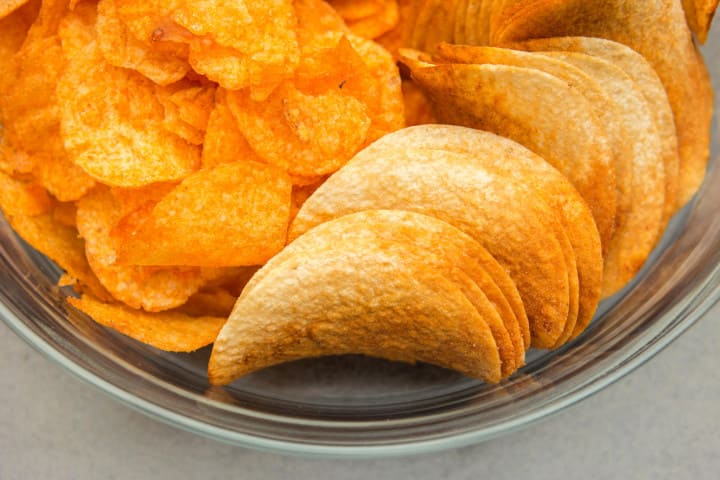
Pringles have a distinctive shape that’s not just for aesthetics; it’s mathematically defined! Known as a hyperbolic paraboloid, this shape is a type of quadratic surface that has a saddle-like appearance. The design isn’t just about making the chip look unique. This shape allows the chips to be stacked neatly in their cylindrical container without getting crushed.
Penguins Exist Outside Antarctica
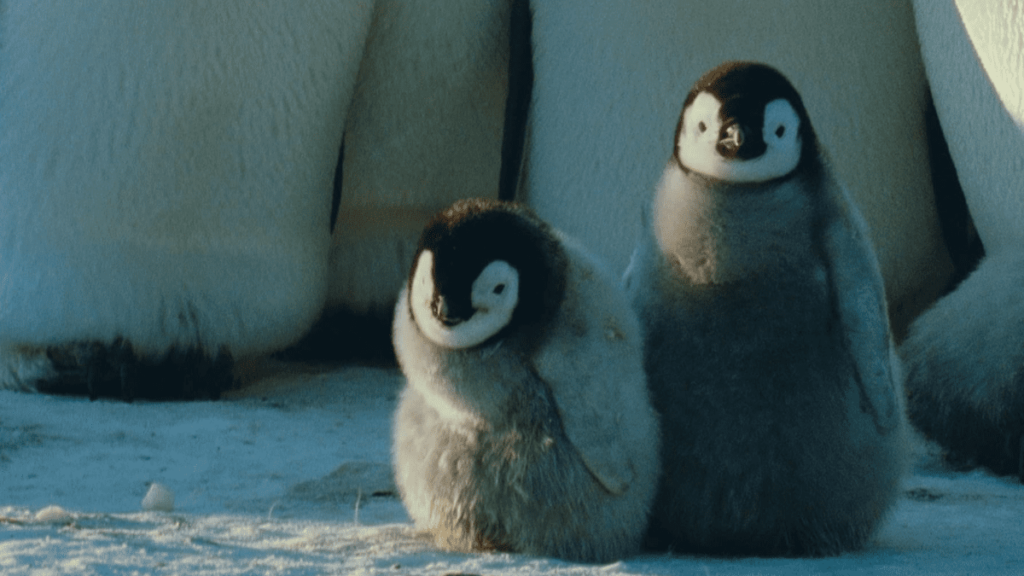
When we think of penguins, the image that often comes to mind is of these adorable birds waddling on icebergs with a snowy backdrop. However, not all penguins live in freezing conditions. Several species thrive in warmer climates. For instance, the African penguin can be found on the beaches of South Africa, while the Galápagos penguin resides near the equator. These species have adapted to their respective environments, proving that penguins are more versatile than they often get credit for!
Vending Machines Kill More People Than Sharks

While the idea of a shark attack can send shivers down anyone’s spine, statistically, vending machines pose a greater threat. How? People shaking or tilting the machine to dislodge a stubborn snack or drink can cause it to topple over. These accidents, though rare, have led to more fatalities annually than shark attacks. It’s a stark reminder that everyday objects can be more dangerous than the fearsome creatures of the deep.
The Eiffel Tower Can Grow Taller in the Summer
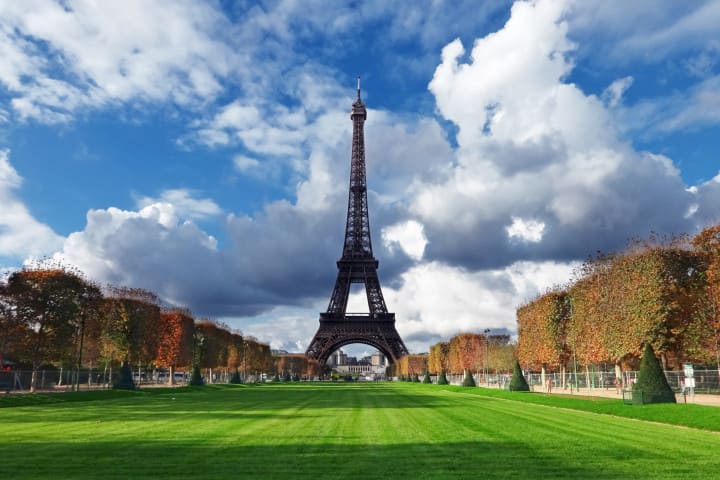
The iconic Eiffel Tower, made of iron, is subject to the laws of thermal expansion. As temperatures rise, the metal expands, causing the tower to “grow.” During the peak of summer, this expansion can result in the tower increasing in height by up to 6 inches. However, this change is temporary. As temperatures drop, the metal contracts, and the tower returns to its original height.
The Dot Over the Letters ‘i’ and ‘j’ Has a Name: Tittle

Many of us write these dots without a second thought, but this small mark has a name steeped in history. Called a “tittle,” this dot has been part of written language for centuries. The term “tittle” comes from Old English and means “a small amount.” It’s a fitting name for such a tiny yet essential part of our written language.
Honey Never Spoils
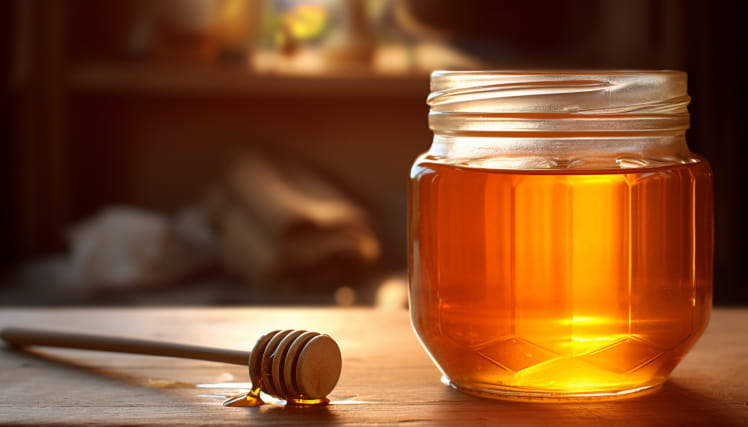
Honey’s unique composition makes it resistant to bacteria, and it can remain edible for thousands of years if stored correctly. Its low water content, high acidity, and the presence of hydrogen peroxide make it a hostile environment for microbes. This preservative quality was known to ancient civilizations, and as a testament, pots of honey discovered in ancient Egyptian tombs have been found to be still edible, even after millennia.
Peanuts Aren’t Nuts
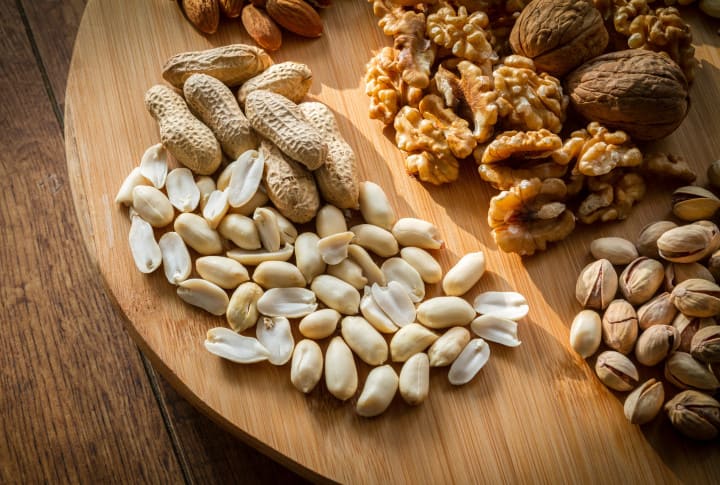
It’s in the name, so they must be nuts, right? Wrong! Peanuts grow underground, which classifies them as legumes, putting them in the same family as beans, lentils, and chickpeas. True nuts, like almonds or walnuts, grow on trees. The confusion likely arises from the culinary use of peanuts, where they’re often treated like tree nuts. So, that delicious peanut butter toast you’re munching on? It’s a spread of ground legumes, not nuts!
The Longest Time Between Two Twins Being Born is 87 Days

Twins are known for their close bond, often beginning in the womb. However, in some rare cases, complications can lead to staggered births. The record for the longest duration between the birth of twins stands at an astonishing 87 days. This happened due to premature labor complications, where one twin was born prematurely while the other remained in the womb to grow for a few more weeks.
Flamingos are Naturally White
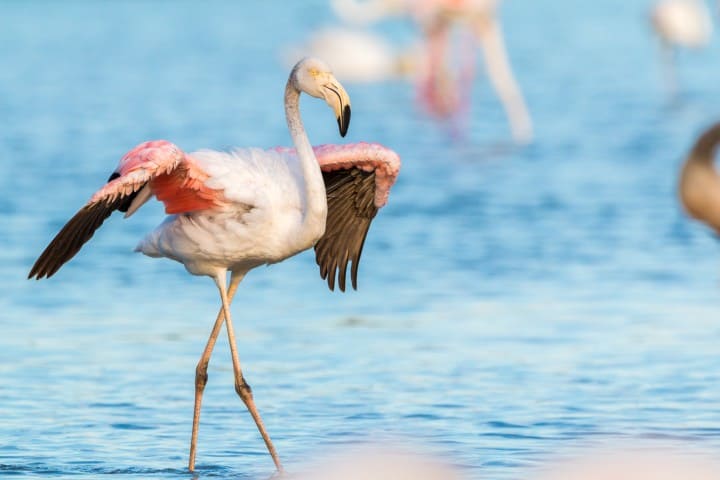
The vibrant pink hue of flamingos is one of nature’s marvels, but did you know they aren’t born that way? Flamingos are naturally white or grey. Their pink coloration comes from their diet rich in beta-carotene, found in the crustaceans and plankton they consume. Over time, these pigments are broken down in the liver and deposited in the feathers, skin, and beak of the flamingos, giving them their iconic pink shade.
You’re More Likely to Become the President than Win the Lottery

Dreaming of hitting the jackpot? The odds might not be in your favor. Statistically speaking, an average individual has a higher chance of becoming the President of the United States than winning the lottery. While both scenarios are highly unlikely, it puts into perspective the astronomical odds of winning those coveted jackpot numbers.
A Leap Year Isn’t Always Every 4 Years

Leap years, with their extra day in February, are designed to keep our calendar year synchronized with the astronomical year. But there’s a catch: while most leap years occur every four years, a year that can be evenly divided by 100 is not a leap year unless it can also be divided by 400. This rule ensures that the calendar remains aligned with the Earth’s movements around the Sun.
The Shortest War in History Lasted 38 Minutes

Wars often span years, but the Anglo-Zanzibar War holds the record for the shortest war in history. Sparked by a succession dispute after the death of the Sultan of Zanzibar, this brief conflict between the United Kingdom and Zanzibar on August 27, 1896, lasted a mere 38 minutes.
Carrots Weren’t Originally Orange

Carrots, a staple in many diets today, haven’t always been orange. The original wild carrots were purple or yellow. The familiar orange carrot we know today was developed in the Netherlands in the 17th century, likely as a tribute to William of Orange, and through selective breeding, the orange carrot became dominant.
Humans and Giraffes Have the Same Number of Neck Vertebrae
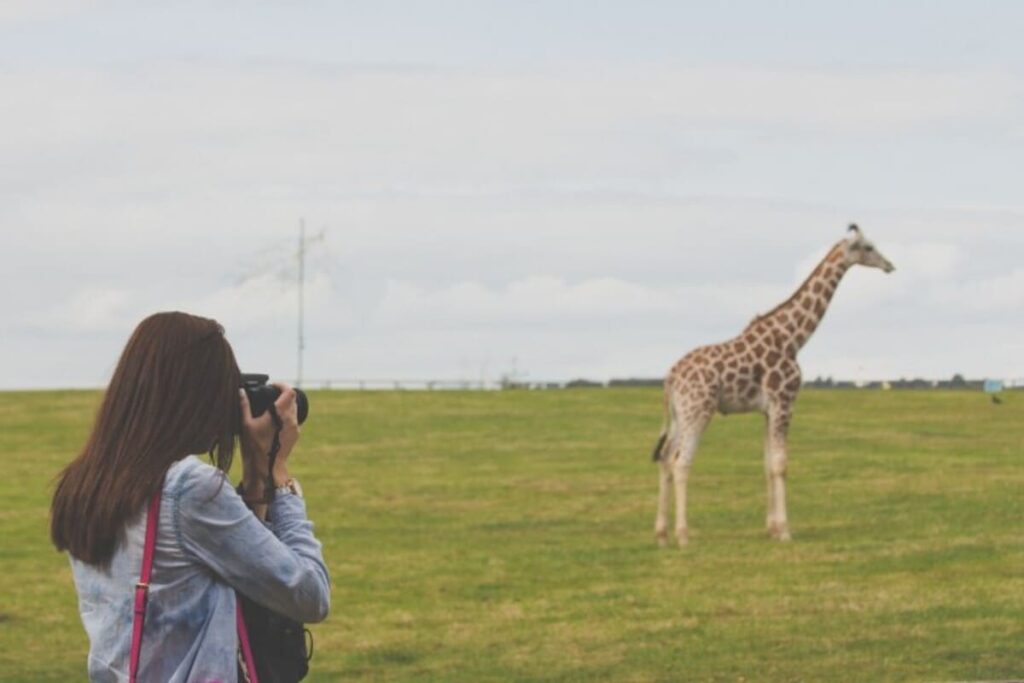
It’s hard to believe, given the giraffe’s long neck, but both humans and giraffes possess seven neck vertebrae. While each vertebra in a giraffe’s neck can be up to 10 inches long, this fascinating similarity is a testament to the wonders of evolution.
The Unicorn is the National Animal of Scotland

Unicorns, often associated with fairy tales and myths, hold a place of honor in Scotland. Symbolizing purity, innocence, and power in Celtic mythology, the unicorn is Scotland’s official national animal. This mythical creature even graces the Scottish Royal Coat of Arms.
There’s a Word for the Day After Tomorrow: Overmorrow

Language is full of forgotten words, and “overmorrow” is one such term. An Old English word, “overmorrow” succinctly describes the day after tomorrow. While it’s fallen out of modern usage, it’s a handy word to know!
A “Jiffy” is an Actual Unit of Time

“Be back in a jiffy” is a phrase many use to indicate a short amount of time. But in the realm of physics, a “jiffy” has a precise definition. It represents the time light takes to travel one centimeter in a vacuum, which is roughly 33.3564 picoseconds. It’s a fleeting moment, true to the spirit of the expression!








